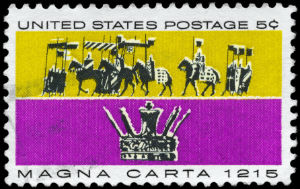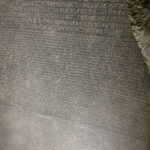History of the Magna Carta
The Magna Carta, or ‘Great Charter‘, is an early English document of law. It was originally written in Latin. King John made it into law under oath near Windsor, England on the fifteenth of June, 1215. The Magana Carta is unique in that it was the first document of law written for the king by his subjects, the feudal barons. It is considered to be the first in a long line of legal documents that led to the rule of constitutional law in English speaking countries.
The Charter
The charter required several things of the King. The king had to accept that his will was not arbitrary. Those who were not in bondage, or freemen, could not be punished by royal decree. They would have to answer to a general law of the land. The King also had to decree that freemen had certain liberties and rights under law, something that had not been assured before this.
By 1219, it had been translated into French, the language spoken by most educated men of the day. It was reissued in English several times over the years. The 1297 version of the Magna Carta is possibly the most important version. It remains on the English and Welsh statute books to this day.
By the 1800’s most the original laws in the Magna Carta had been repealed or superseded by newer documents and laws. Three original clauses remain as law. Most British legal experts consider the document to be part of the uncodified constitution of the land.







